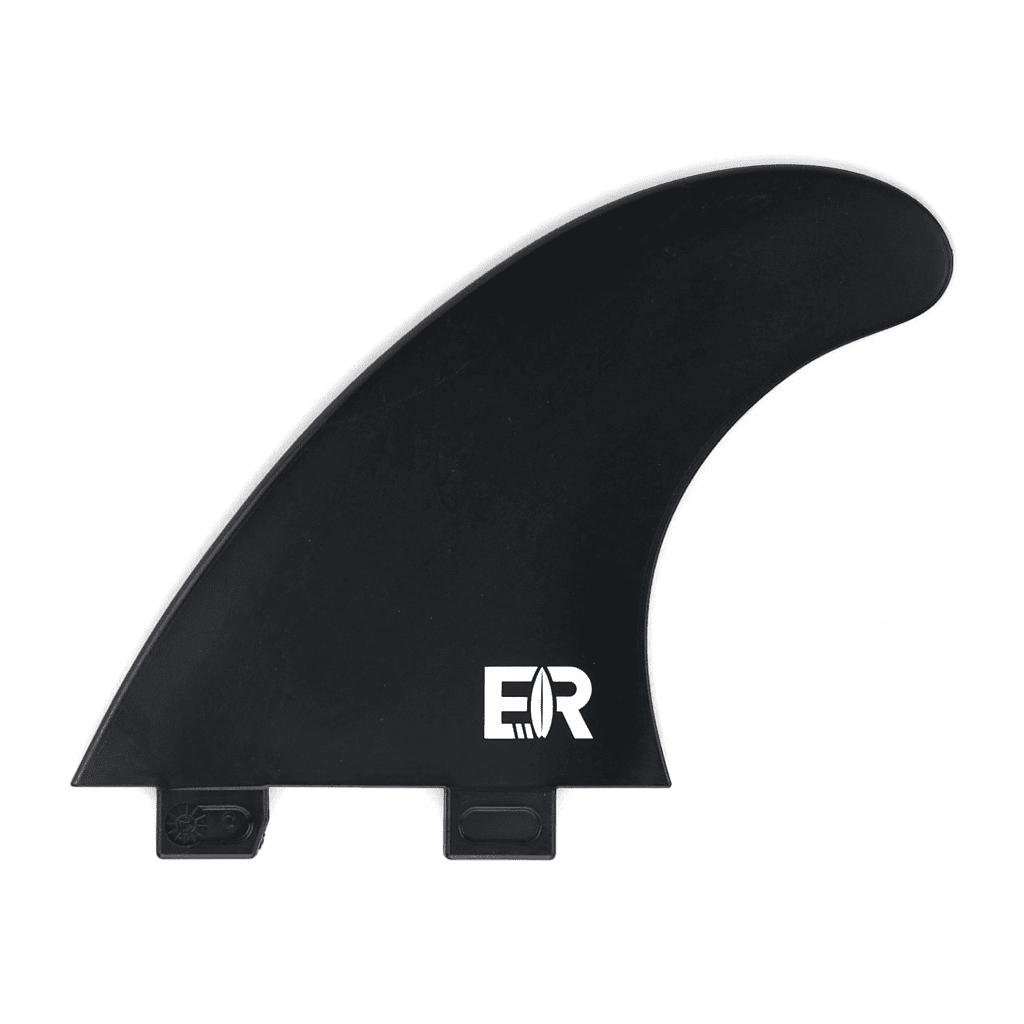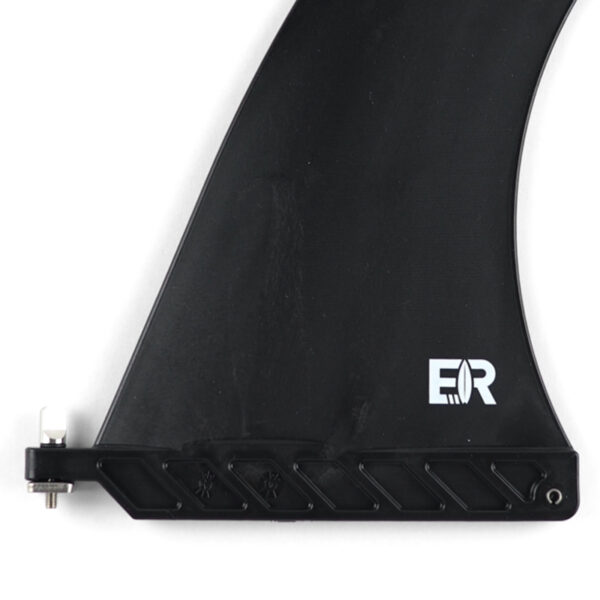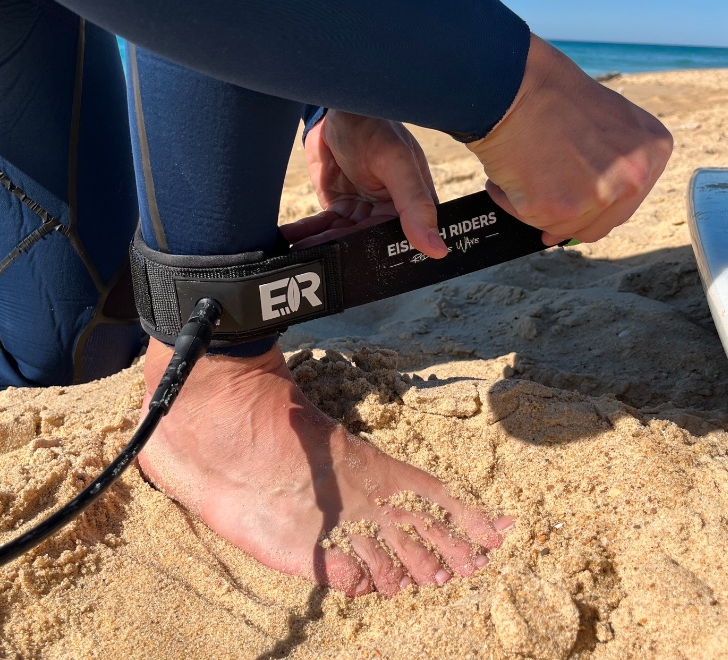Used surfboards are a great option for any level of surfer. While browsing through surf shops and the seemingly endless options in terms of shape, size, and designs can get your blood pumping, for most of us, the hefty price tag of new equipment can also add unnecessary stress to the experience.
A brand new board can easily cost 500 euros and then an additional 150–200 euros with accessories like fins, leashes, tail pad, and a bag.
So why not grab a used board for a huge discount? It’s also better for the environment to give a second life to a board that is still in great condition! In this guide, we highlight where you can find used boards and what you should be aware of before buying.

How to Inspect a Used Surfboard Like a Pro
To start, you should ask the seller some background questions:
- Is it ready to be surfed or does it have dings that need repair?
- What repairs have already been made? Did they repair the board themselves?
- How old is the board?
- Why do you sell the board?
- What fin plugs / fins are currently mounted?
- Where does the board come from?
The aim of these questions is to give you an idea of whether the board is ready to surf or needs work done. If at all possible, never buy a board without seeing it. Having a few dings isn’t a deal-breaker or necessarily a bad thing, but you should be aware that dings which cost you time and/or money. The board is shipping around a lot or long distances and always bear the risk of getting damaged.
Understanding the Different Types of Surfboard Fins
One crucial factor to consider when evaluating the price of a surfboard is the type of fins it comes with. Depending on the fin plug system used, pricing can vary significantly. To avoid surprises, it’s important to do your research and ensure that the fin options available are both affordable and compatible with your desired setup.
Fortunately, modern surfboard designs feature versatile fin box systems that allow for quick and easy fin changes on the fly. This flexibility means that you can adjust your fin setup to match the changing conditions and your surfing style.
When selecting and purchasing a new fin, it’s essential to confirm that your surfboard has the corresponding fin box to accommodate it. For instance, our fins are available in single tab (Future) and double tab (FCS) configurations, except for longboard fins, which use the US-Box system.



Are all surfboard repairs bad?
No, not at all! You should check the board for repair dings or cracks that will need attention in the future. I always expect a second-hand board to have a few dings on it and that is not generally a problem, however, heavily dinged or cracked boards are likely going to be more trouble than they are worth.

When doing a board check, keep an eye out for discoloring to the foam or any other signs of water damage, delamination of the fiberglass, and any areas that will need attention if you buy the board. A completely yellowed surfboard probably had spent a lot of time outside in the sun and had many years on its back.
The board should be free of wax or any tape covering dings and old repairs. In general, previous repairs are not necessarily a problem, if they have been done correctly. If the person who is selling you the board will not let you clean it, then you consider buying somewhere else, as they are probably hiding something.
Essential Surfboard Accessories
You may need or want additional surfboard accessories in addition to fins to improve your surfing. These are a few instances:

- Leash: A leash is a necessary item that secures your ankle to the surfboard and keeps it from slipping away in the event of an accident. Leashes are available in a variety of lengths and thicknesses to accommodate various wave types and surfing techniques.
- Grip pad: A grip pad, also known as a traction pad, is a textured pad that adheres to the surfboard deck and gives your foot traction and grip. For surfers who don’t like to wear booties, this gear is extremely helpful.
- Board bag: A board bag is a protective covering that guards against UV rays, scratches, and dings while transporting or storing your surfboard. Board bags come in a variety of shapes, materials, and features like storage, padding, and ventilation.
- Wax: To provide friction and stop slipping, you apply wax, a sticky substance, on the surfboard deck. To match the temperature of the water and the air, wax is produced in a variety of formulations and temperatures.
Where to find used surfboards
If you are a landlocked surfer, like us in Munich, the possibilities to browse local surf shops with a large selection of second-hand surfboards are limited.
Platforms
- ebay-kleinanzeigen: The leading online classifieds for Germany is ebay-kleinanzeigen (similar to Craigslist in the US). You can usually find a couple of used surfboard listings. Most sellers are located either close to Baltic Sea in the Hamburg area or in Munich.
- secondhandboards.com: A platform mostly used in the UK and Ireland with around 100 listings online
Facebook groups: In Facebook groups, people with similar interests share their stories and also sell used equipment. Some of the groups you can access after your approval. The most popular groups are:
- Local surf stuff – 089 (private) – Especially for surfers in the Munich area with 5000 members
- Second Hand Surfboards Germany (public) – With almost 6000 members you can expect new listings on a daily basis.
- SecondSurf – Second Hand Surf Equipment (Private) – Global group for used boards with over 35000 members.
All platforms let you sell & buy your board for free, however, they don’t offer a detailed search option for types of boards or sizes which makes the search for your next perfect board time-consuming.
Conclusion
While the search for your next board can be time-consuming, the reward will be great. We hope, the few points from our checklist will help you to find your next bargain surfboard deal!
